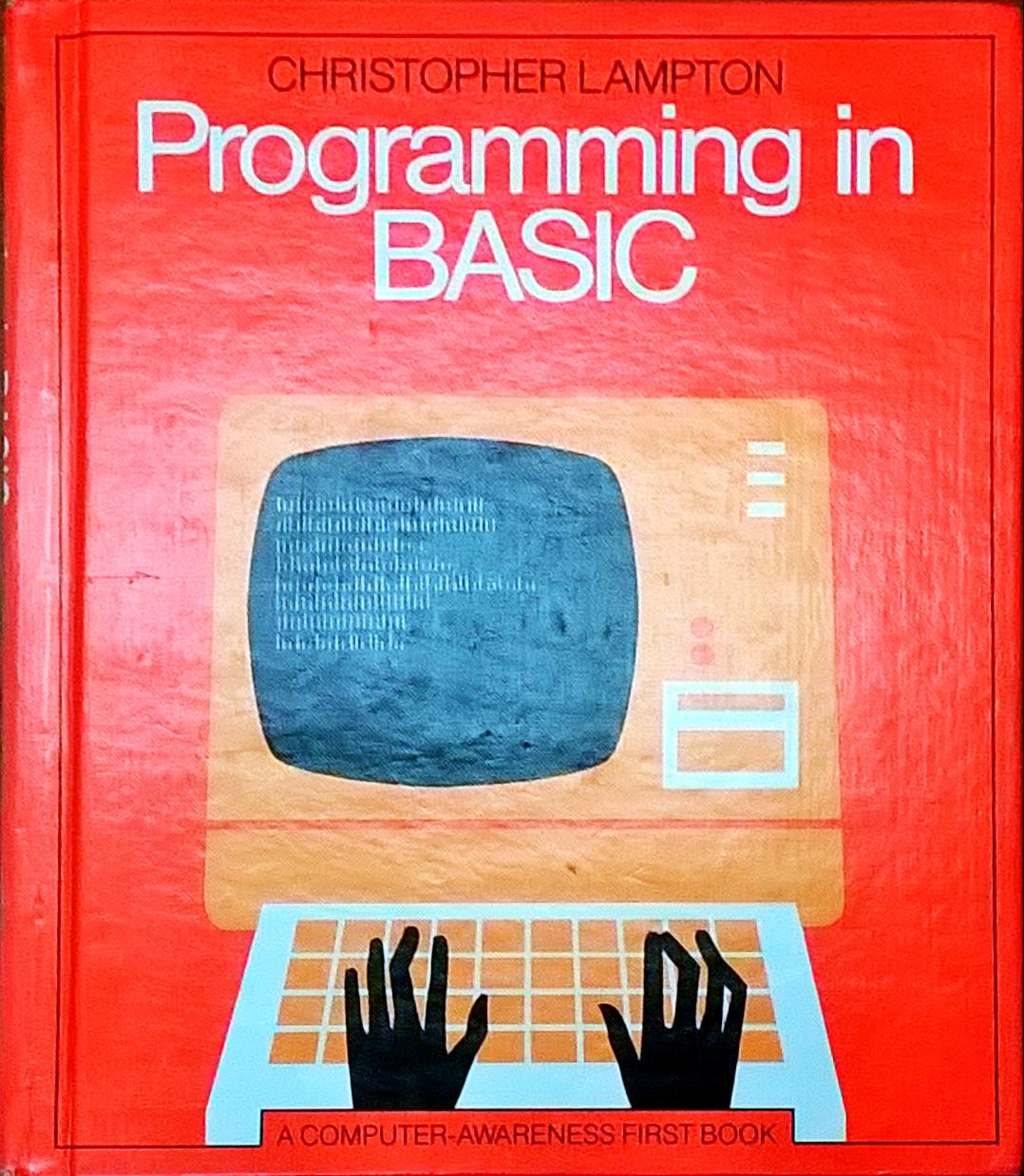Organizing and Documenting Work
My second-year evaluation packet is due in a couple of weeks. A lot of my materials were in order; I took the time to reorganize and backfill my archive, so the next review submissions will hopefully be pretty easy. And there will be many of them: reappointment reviews until tenure, annual performance reviews to determine pay raises, the Big One for tenure and promotion itself, and hopefully someday an application for Full Professor.
The two biggest problems for preparing these packets seems to be maintaining a complete log of relevant activities, and maintaining supporting documentation for them. Given the importance of these reviews, and the many other activities that require some form of CV or snapshot of accomplishments, it seems worth some up-front investment in tooling and organization.
Here’s how I do it.

